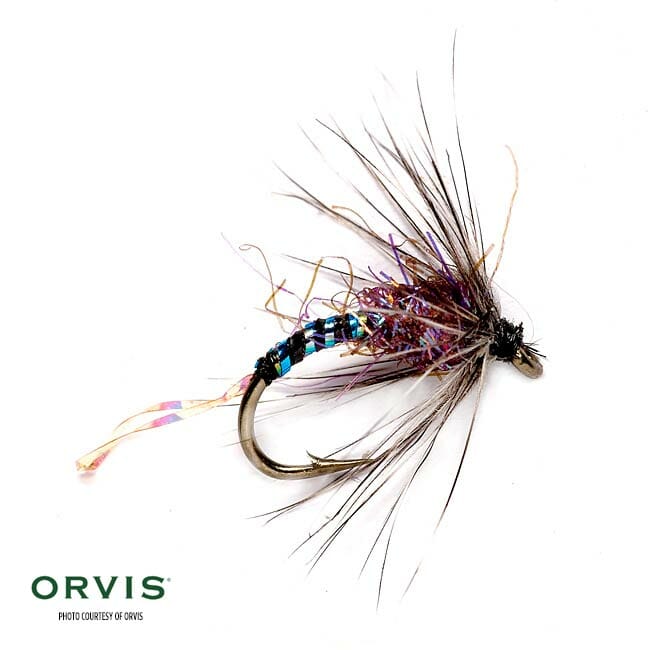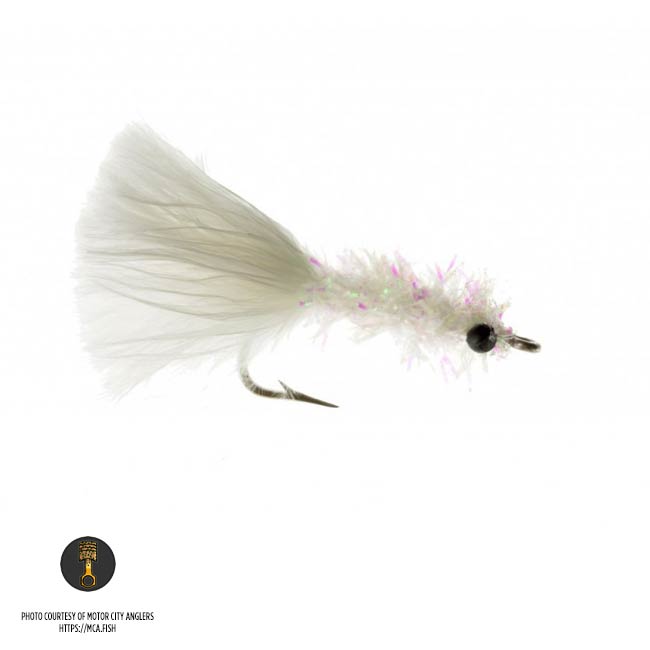Editor’s note: The biggest sporting event of spring, the NCAA basketball tournament, is simply not happening this year thanks to the coronavirus pandemic. Anglers, though, can still effectively “social distance” and go fishing in areas where it’s safe and legal to leave the house, using their favorite flies. In that spirit, TU and our friends at Loon Outdoors are teaming up to offer the Spring Fly Showdown—a vote-to-win tournament featuring some of the best-known fly patterns out there. Over the course of the next two weeks, we’ll pit great flies against each other in a “March Madness”-style bracket. You pick the winners of each “game,” and any who vote will be entered in a contest to win great Loon fly-tying equipment.
Our second day of the Spring Fly Showdown pits one of the best snook and inshore saltwater flies ever tied against a funky dry-fly attractor that’s probably caught more trout, inexplicably, than a lot of its contemporary patterns.

If you fish backcountry streams for wild trout, you likely have a few of these attractor mayfly patterns in your fly box. Effectively described as a Parachute Adams variant, I like to think of the Purple Haze as something a bit more complex.
Its profile is more slender than that of its classic relative, and it’s got a bit more flash than the old-school Adams. It does work well for backcountry trout—no argument there. But is it really a variant? I’d describe the Purple Haze a bit differently. How about the grandchild of the classic Adams?
Then there’s the Schminnow, the easy-to-tie creation of legendary southwest Florida angler Norm Ziegler, who has likely forgotten more about casting to snook from Sunshine State beaches than most of us will ever know.

The Schminnow is just as its name implies—the feisty hybrid between and shrimp and a minnow. Tied with white cactus chenille, this fly really grabs the attention of snook as they prowl the soft breakers on the Gulf side of Florida. It’s a whiz at the vice—even a rookie can tie up enough for day’s fishing before breakfast.



